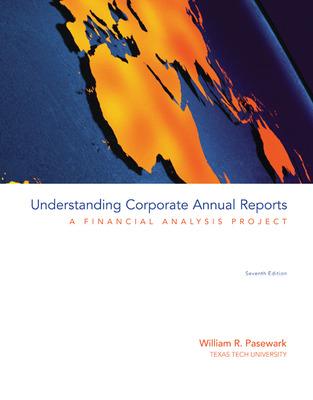Question
I'm going to take a stab at this. I'm not sure if this is right. The reason why a significant drop in demand can still
I'm going to take a stab at this. I'm not sure if this is right.
The reason why a significant drop in demand can still lead to a posted profit is because of absorption costing. From the reading:
"Many companies link manager bonuses to income computed under absorption costing because this is how income is reported to shareholders (per GAAP). This can lead some managers to overproduce and create excess inventory.
To illustrate how a bonus system can lead to overproduction under absorption costing, let's use IceAge's Year 1 data with one change: its manager decides to produce 100,000 units instead 60,000. Because only 60,000 units are sold, the 40,000 units of excess production will be in ending finished goods inventory.
The left side of Exhibit 19.8 shows the $25 product cost per unit under absorption costing when 60,000 units are produced (same as Exhibit 19.3). The right side shows the $21 product cost per unit when 100,000 units are produced.
Total product cost per unit is $4 less when 100,000 units are produced. This is because the company is spreading the $600,000 fixed overhead cost over 40,000 more units when 100,000 units are produced than when 60,000 units are produced."
My thinking is, if we're talking about a larger number of finished goods inventory, we're talking about sales < units produced, which can result from a loss in demand for those products.
"Common sense suggests that overproducing and creating excess inventory should not increase income. Yet, income under absorption costing is $240,000 greater if IceAge produces 40,000 more units than it sells. The reason is that $240,000 of fixed overhead (40,000 units $6) is included in ending inventory instead of being expensed as cost of goods sold in Year 1. This shows that under absorption costing, a manager can increase current year income just by producing more and disregarding whether the excess units can be sold or not. This incentive problem encourages inventory buildup, which leads to increased costs in storage and obsolescence."
Please let me know if I'm wrong here.
Step by Step Solution
There are 3 Steps involved in it
Step: 1

Get Instant Access to Expert-Tailored Solutions
See step-by-step solutions with expert insights and AI powered tools for academic success
Step: 2

Step: 3

Ace Your Homework with AI
Get the answers you need in no time with our AI-driven, step-by-step assistance
Get Started


